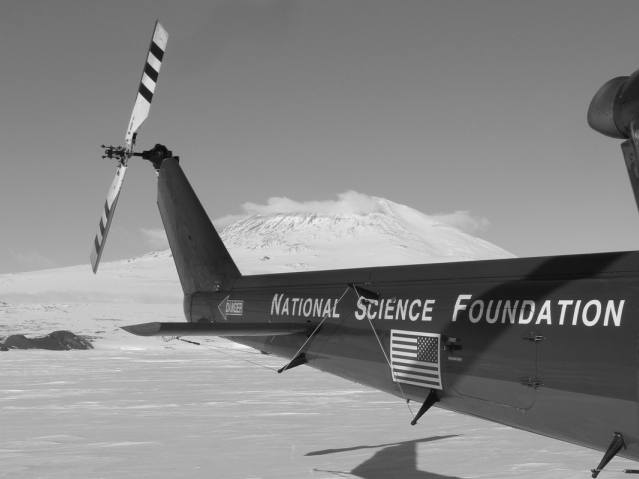So far, life has been found wherever there's water. The Vick-Majors Aquatic Microbial Ecology and Biogeochemistry lab is interested in understanding how microbial life interacts with the environment wherever there's water, no matter its form or quantity. This pursuit has led to our work on Antarctic subglacial lakes, and on polar and temperate surface lakes, as well as our collaborative work studying lakes and glaciers of the Tibetan Plateau. It continues to lead us to explore the plentiful water found in our home in Michigan's Upper Peninsula and the Laurentian Great Lakes. It also informs our interests in deep ice-drilling, and in astrobiology and planetary protection. Click here to read about SALSA, the Antarctic subglacial lakes project we currently collaborate on.
The diversity of microbial metabolisms means that understanding microbial interactions with the environment requires approaches that integrate environmental information (physical data, chemical data) with information on microbial diversity and activity. The Vick-Majors lab seeks to understand how physical and chemical changes to the environment impact microbial energetics and microbially-mediated processes in freshwater and cryosphere-related systems.
These goals inform the current research in the Vick-Majors Lab:
1. Quantification of the impacts of ice-cover (duration, extent, thickness, formation characteristics) on microbial communities and biogeochemical processes in inland waters.
2. Determination of the energetic consequences of ice-cover formation, changes in ice-cover, and life under ice for microbially-mediated metabolisms and elemental cycles.
3. Understanding linkages between hydrology and microbial communities, especially as related to environmental change.
These goals inform the current research in the Vick-Majors Lab:
1. Quantification of the impacts of ice-cover (duration, extent, thickness, formation characteristics) on microbial communities and biogeochemical processes in inland waters.
2. Determination of the energetic consequences of ice-cover formation, changes in ice-cover, and life under ice for microbially-mediated metabolisms and elemental cycles.
3. Understanding linkages between hydrology and microbial communities, especially as related to environmental change.
Proudly powered by Weebly

